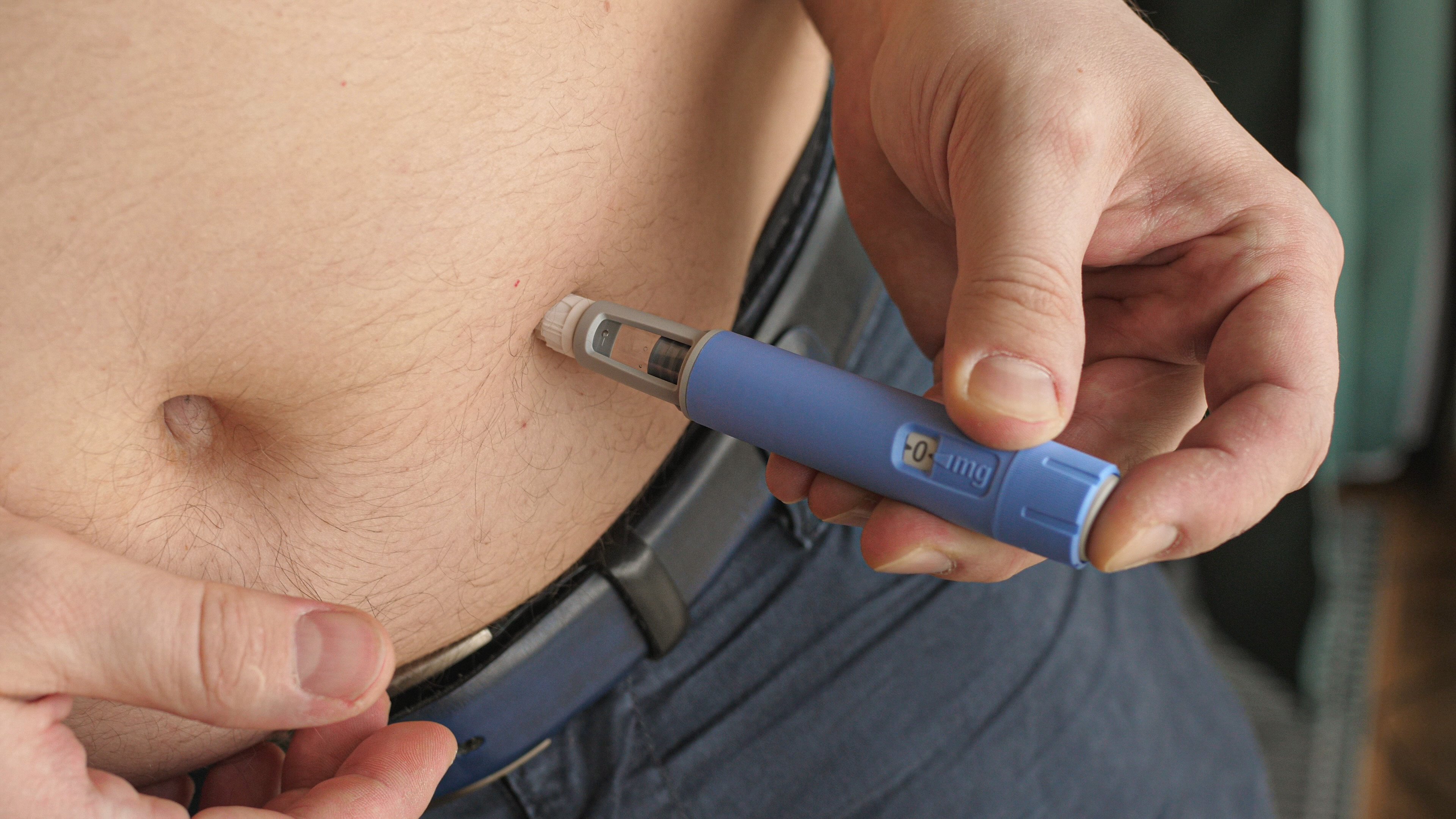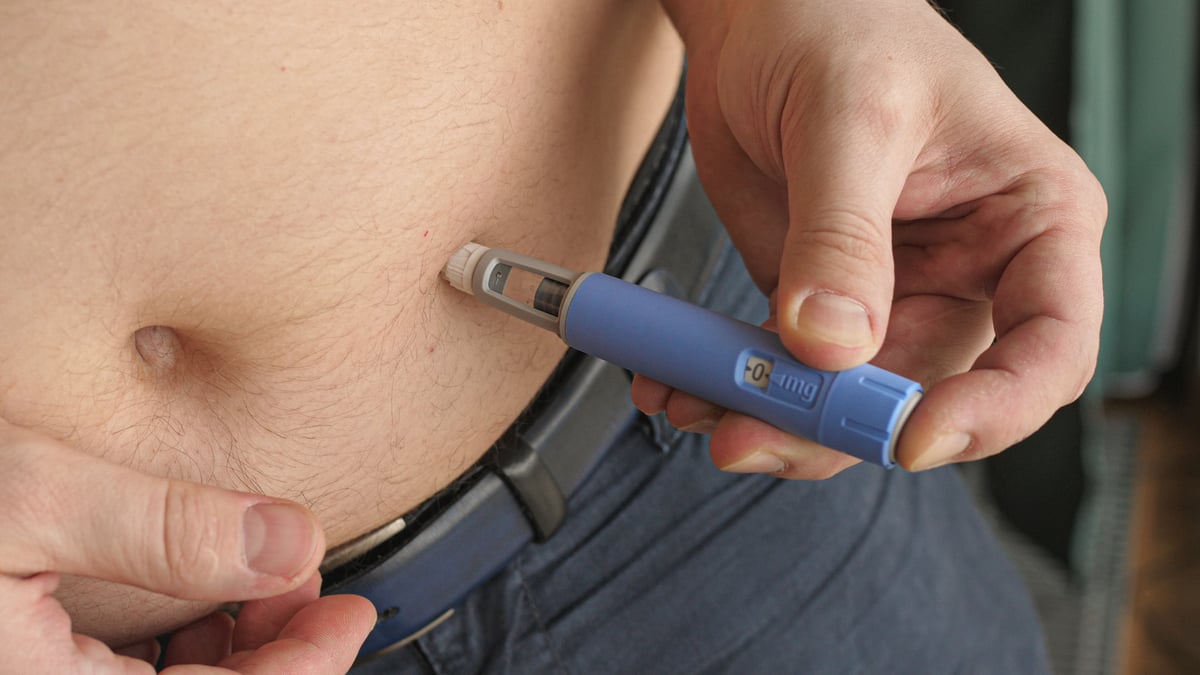Eli Lilly (LLY 0.53%) is typically a market outperformer, but it has had a challenging year so far. Besides general market volatility, the company has dealt with clinical setbacks, lower-than-expected guidance, and the threat of tariffs. However, recent clinical developments jolted the stock.
Although Eli Lilly's shares are still down by 5% year to date -- while the S&P 500 is up by 9% -- it's worth looking at the drugmaker's recent news and determining whether the market's reaction was appropriate.
Another win in weight management
Eli Lilly is developing orforglipron, an investigational GLP-1 diabetes and weight loss medicine. A few weeks ago, the company reported positive phase 3 results for this candidate, but the data wasn't quite as strong as Wall Street wanted. Orforglipron induced a 12.4% mean weight loss in overweight or obese patients in a 72-week study (those with diabetes were not included in the trial), which is well below the efficacy of the company's injectable GLP-1 therapy, Zepbound, in similar patient populations. Eli Lilly's shares fell sharply after it released this data.

Image source: Getty Images.
Now, the company has shared results from another phase 3 study for orforglipron, this time in patients who were overweight or obese and diabetic. Those with diabetes have a harder time losing weight. However, in this 72-week study, patients on the highest dose shed, on average, 10.5% of their body weight at the highest dose, or approximately 22.9 pounds. Orforglipron met all primary and secondary endpoints in the study, setting the stage for regulatory submissions.
The oral GLP-1 drug had previously aced a phase 3 study in diabetes patients that focused on lowering A1C levels. So, the medicine looks likely to earn approval within the next year.
What this means for Eli Lilly
Orforglipron won't be the first approved oral GLP-1. Novo Nordisk's Rybelsus has been on the market for years. Orforglipron likely won't even be the first oral GLP-1 indicated for weight loss. Novo Nordisk is awaiting approval for an oral version of Wegovy. However, Eli Lilly does not need to be first to market. The oral weight management GLP-1 space looks incredibly promising. Oral pills are much easier and cheaper to manufacture, store, and transport than injectable medicines.
So, with oral formulations of weight management drugs -- whose demand is incredibly high, judging by the ridiculous sales Zepbound is generating -- Eli Lilly will be able to ramp up manufacturing cost-effectively and perhaps offer them at cheaper prices than its injectable anti-obesity therapies (Zepbound's cost for patients paying out of pocket is pretty steep).
Further, many patients prefer oral pills over painful needles anyway, so it's a win-win. According to some estimates, orforglipron could generate as much as $12.7 billion in revenue by 2030. That's not that far from the $15.6 billion in revenue Eli Lilly generated during the second quarter.

NYSE: LLY
Key Data Points
Is the stock a buy?
Orforglipron's results confirm that Eli Lilly has become the leader in the weight management market, and its work in this area should lead to incredible top-line growth through the end of the decade. Zepbound and Mounjaro for diabetes could combine for almost $62 billion in sales by 2030, significantly eclipsing the $45 billion in revenue Eli Lilly generated last year.
Moreover, Orforglipron should be another contributor, and Eli Lilly has several other medicines in its weight management pipeline that could have a meaningful impact. Retatrutide is a good example. This investigational therapy mimics the action of three gut hormones, as opposed to just two, like Zepbound.
Beyond its weight management and diabetes lineup and pipeline, Eli Lilly is diversified across oncology, immunology, and neuroscience. Kisunla for Alzheimer's disease was another important approval that should go on to become a blockbuster. As should Ebglyss, a new medicine for eczema.
Eli Lilly's revenue should grow incredibly rapidly for a pharmaceutical giant in the next five years, which justifies its valuation. The company's forward price-to-earnings is 32, well above the average of 16.6 for the healthcare industry. But Eli Lilly deserves a premium, given the breakthroughs it has had in recent years and continues to have, and its exceptional financial results.
The stock isn't a buy because of the recent orforglipron-related news alone. There are many other reasons to invest in the company and hold onto its shares for a long time.





